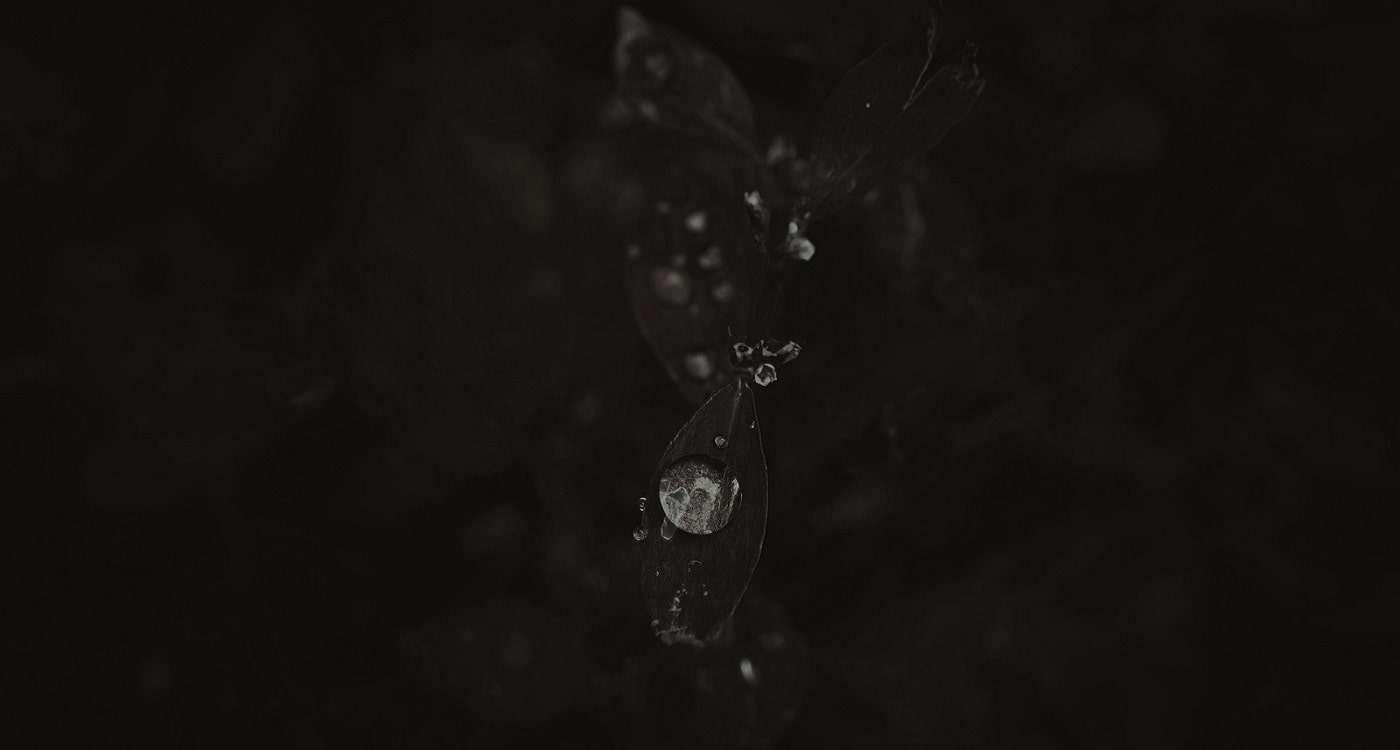Birth of the Mother of Snakes
The birth of Aŋma-Jara, the Mother of Snakes, was a tale told by the old Eltiri and their descendants. Snakes, seen as intelligent and magical in nature, were welcomed to nest in settlements of the Merientei in dark and cool places beneath their homes.
Summary
Waters welled far in the north, the very deepest end of the world. A wayward wind from the east dove into the waters. From the ensuing chaos was born Aŋma-Jara, who climbed and crawled as a slithering mess of limbs and skin up from the primal waters beneath the world.
Born in perfect darkness only found in those corners at the world's end, her being reflected the origins of her birth. A deep pit without light and incapable of enduring it, she hides away in cold, shadowed corners to give birth to her host. Snakes slither and spit from her gaping mouth and crawl all around their mother, hissing and wriggling over and under each other in a twisted mass.
Spread
All descendants of Eltiri had some version of the myth, but it was best preserved within the Lennöri and Allorï traditions. The Nolǐur had little use for snakes, and rarely saw any, thus the myth was eventually forgotten by their people.
Variations & Mutation
Later Merientei myths created a more human depictions of Aŋma-Jara, who they called Anmara. This was a feature common in Merientei myths and often seen in their origin stories of creatures and their mothers. To them, Anmara was born from a union between the winter goddess Eirierä and the Master of Storms Osmathï, who also controlled the eastern winds.
But the children born of their union could not be accepted by either, and so were left abandoned in a black pit where sun could not reach. The children eventually became diseases and curse-makers, as well as Anmara, the Mother of Snakes.
In Art
Northern societies knew and told myriad songs and tales of Aŋma-Jara across the ages, often in the company of stories about her siblings, the illnesses, pains and curses of the world.


Comments